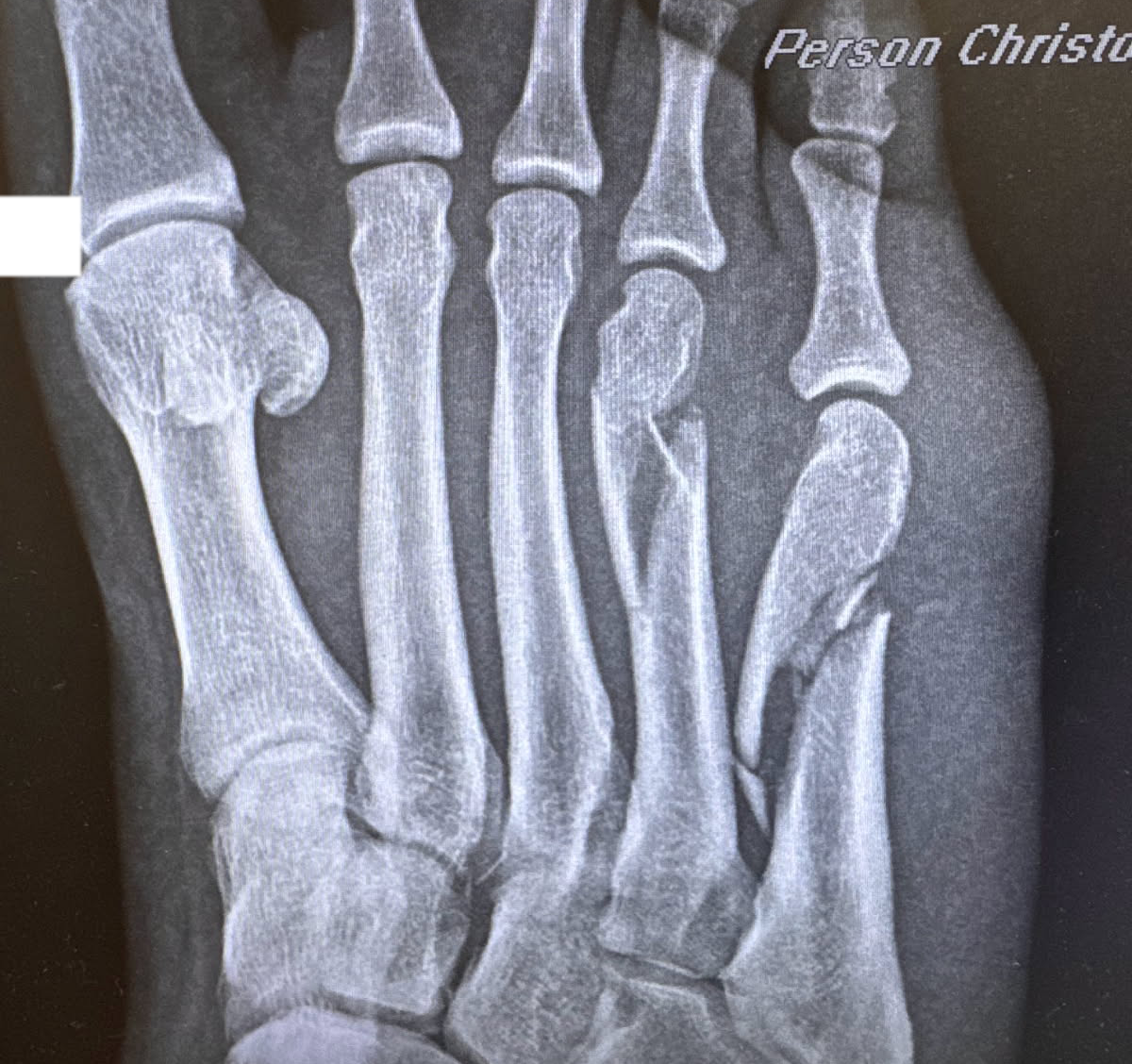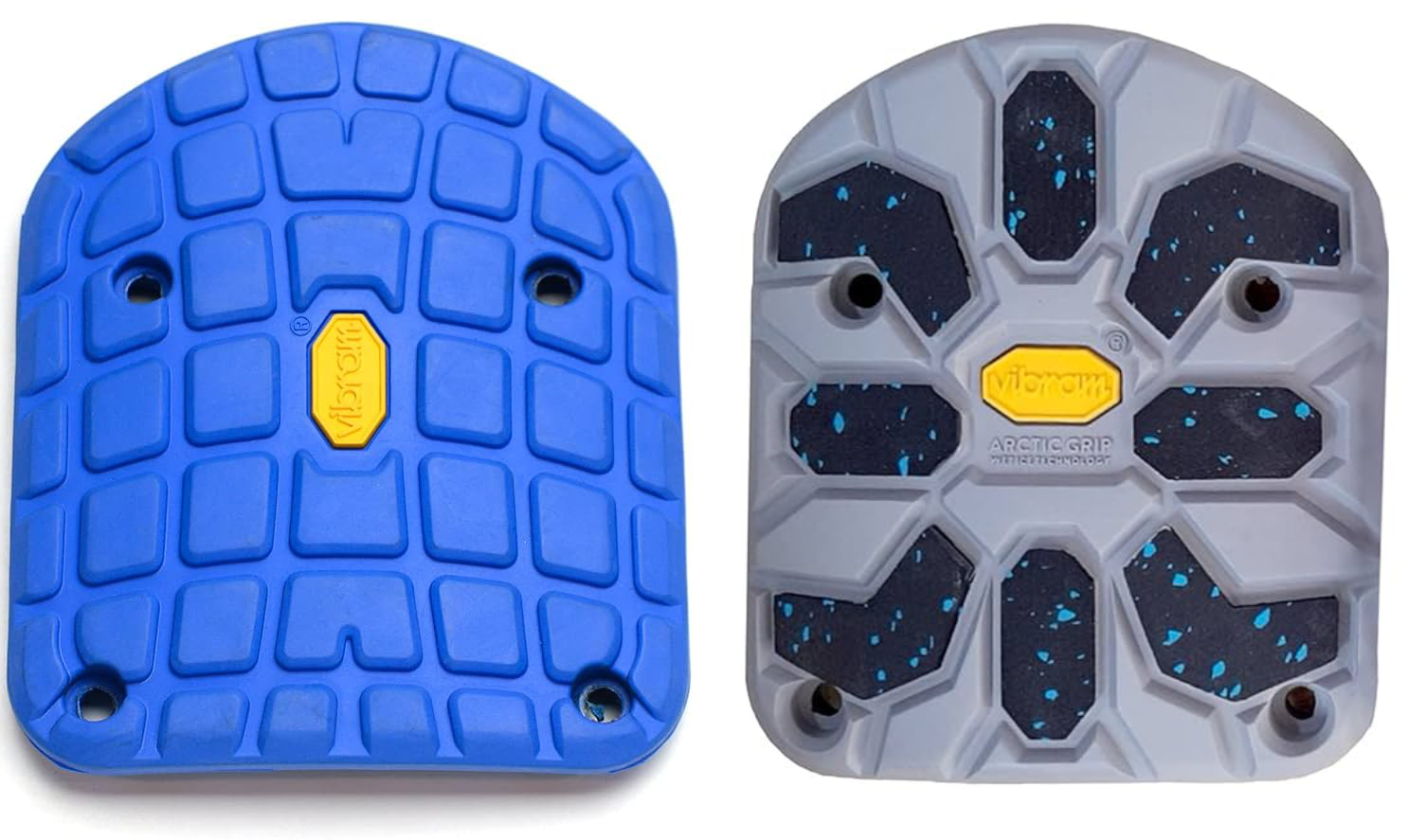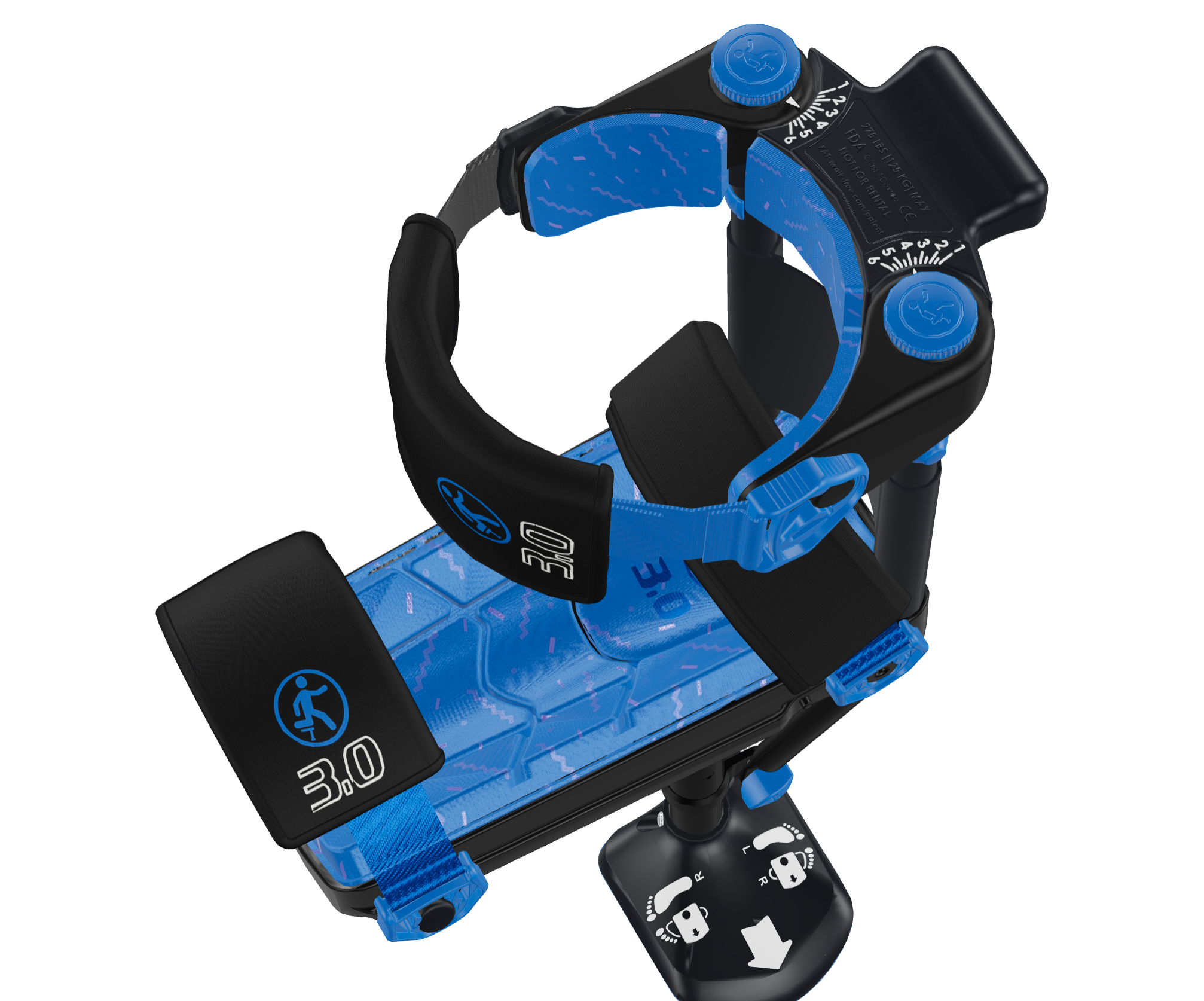My foot is currently what the medical profession would call “busted.” This happened due to the structural collapse of a step, and the result was my 4th and 5th metatarsal being broken into two and “multiple” pieces respectively. Like Bart Simpson in the Rear Window parody episode “Bart of Darkness,” I am now forced to spend the remainder of my summer recuperating indoors while friends have fun. But there is one piece of gear that has made my life a little bit easier: the iWalkFree, a mobility aid that does not oversell itself and has helped me get back a tiny bit of mobility.
This is not the first time that I have had a bone shattered below the knee. The first time was around 2008, during a Brazilian Jiu Jitsu class. I was training with a still fairly new white belt who ominously told me he “had a fight in Long Island coming up” and who had zero experience in standup Judo throws. The class was learning the Uchi-mata, a basic throw that involves lifting your leg between your opponent’s legs and rolling them over your hip. He did not do that. Instead he turned around and pushed into me sideways, causing my left ankle to catch the majority of the force and breaking my ankle. I was young and uninsured and had never broken a bone, and there was an EMT training there who said it looked like a sprain.
Not knowing what a hospital visit would cost, I stumbled out, iced it with a Diet Coke on the street, hailed a taxi homeward, realized I would not have enough money to get home, staggered down the two flights of the First Avenue L train, got on the train, staggered out of my stop in Bushwick, walked two blocks, walked up three flights of stairs and rested. I walked on it for two weeks before I got an X-ray confirming that it would need to be rebroken and pins and plates would need to be put in (total count was I believe eight pins), but in the meantime I did attend my college graduation ceremony on crutches. This is what it was like to be young and dumb before Obamacare extended the length of time you could be on your parents’ insurance to the age of 26.

This time around, I took a spill in my backyard and immediately went to the hospital. For the second time in my life, I have a plate in my lower body, but at least I caught it early. Suddenly being on crutches is not a fun experience, but for me will be transitory. Lower leg breaks are a reminder that every non-disabled person is likely to gain a disability on a long enough timeline, some sooner than others, and what the limitations of the place you live in are (the MTA, for example, is so bad at this they got sued for it). It also requires relearning big parts of your life, and for me the hardest part was not going out and socializing but being able to go to the deli for a soda and putter around my house to do basic tasks. Grabbing several small tools scattered from around my house is like 50 percent of my day when I’m in project mode, and having an impediment slowed me to a snail’s pace.
Being Aftermath’s resident “Gear Guy,” I decided to solve this problem with hardware. I had seen those knee scooters people use, and while they appear to be very fast, my understanding is they come with a higher than normal fall risk. They also do not help with my main problem: my home has stairs. This is where I stumbled on the iWalkFree, a hands-free crutch that functions somewhat but not entirely like a prosthetic peg leg. It’s a T-shaped device that you tightly strap your lower leg into and walk around in a way approximating non-disabled locomotion. You can often find them on Marketplace or Craigslist for cheap, but the one deal I tried to get fell apart. iWalkFree is often sold refurbished at a discount on their website (and if you have a health HSA or FSA you can use that) so that’s the path I decided to go down.

A minor detail that immediately sold me on the iWalkFree is that it has a Vibram sole. Vibram makes “the good soles,” and most of the shoes and sandals I buy have them. When I see that little yellow octagon logo, I’m confident that it’s not going to slip easily. iWalkFree also apparently sells an aftermarket Vibram sole for snowy weather, which makes sense considering how big a fall risk ice is. iWalkFree also does not oversell their device in videos and advertisements – it has height and weight limits and it isn’t going to be the same as non-disabled walking. They are transparent that the device takes some getting used to and comes with tradeoffs. This is not going to be a full replacement for walking at a rigorous pace, but if you need to stand for long periods where you use your hands or carry something light from room to room, it turns out it’s perfect.
I ordered my refurbished device and quickly assembled it. The instructions on how to fit and use an iWalkFree are hyper specific and worth following in their entirety. You not only have to adjust the three layers of straps to the exact length of your leg in two different color-coded paces, you also have to adjust the top using two thigh support dials to accommodate upper thigh circumference. Getting these settings dialed in for your particular leg and body shape is extremely important, and the thigh supports in particular are going to influence if the sole of the device is going to land squarely on the ground.
I took to the iWalkFree quickly. Within 30 minutes I had not only pulled a shot of espresso, I had started curing salmon sashimi for meal prep. The iWalkFree also has a handle at the top of the thigh, which helps for learning and balance and if you need to get someplace quickly, but when you dig into walking you rarely need to balance on the handle.

The iWalkFree is not without its drawbacks. You do need to be more cognizant of obstacles and terrain, and it can take a little bit for your other leg to adjust to the added strain of walking. Every time you need to stand up or sit down, you are going to need to strap or unstrap the device. Doing this correctly every single time is vital but can get slightly tedious and requires you to game out the process of sitting down or standing up. But once you have actually gotten up you’re fine for a while. Many people, myself included, also complain about knee discomfort. The rationale iWalkFree gives is that they would rather have a device fit snugly than to have excess cushioning interfere with the process walking. This does not bother everyone, but if it really bothers you due to the geometry of your knee then a knee pad or a piece of memory foam seems to solve the issue fairly quickly. I was also considering throwing myself into a research hole about trekking poles anyway for hiking once my foot healed, so I may bite the bullet on those sooner rather than later
But despite its minor drawbacks, I’m having a blast. With the iWalkFree, I trip less than I did on crutches, all while being able to use my hands. There are stumbles to be sure, but far fewer than when I was back on crutches. But the part that impresses me almost as much as hands free walking is something much simpler: a company putting out a well made product while being very up front about its caveats and limitations.
UPDATE 8/20/2025: I did receive feedback from Brad Hunter, the president of iWALKFree, Inc. Technically you can keep the device on a while sitting although you may not want to for extended periods of time.
"...you can sit with the iWALK left on. It will jut out in front of you, which, provided there’s clearance, won’t hurt a thing." Brad told me via email "For extra comfort, you can loosen the straps (but not unbuckle). Getting back up is best accomplished with a chair that has arms, so you can support yourself while hoisting to standing position, but even armless chairs can be used if done right and you have adequate leg strength. Use the seat of the chair to hoist yourself onto your good leg (turning sideways to the chair can help) while keeping the iWALK leg elevated slightly off the floor. Once you’re standing erect, you can recruit both legs for standing."


